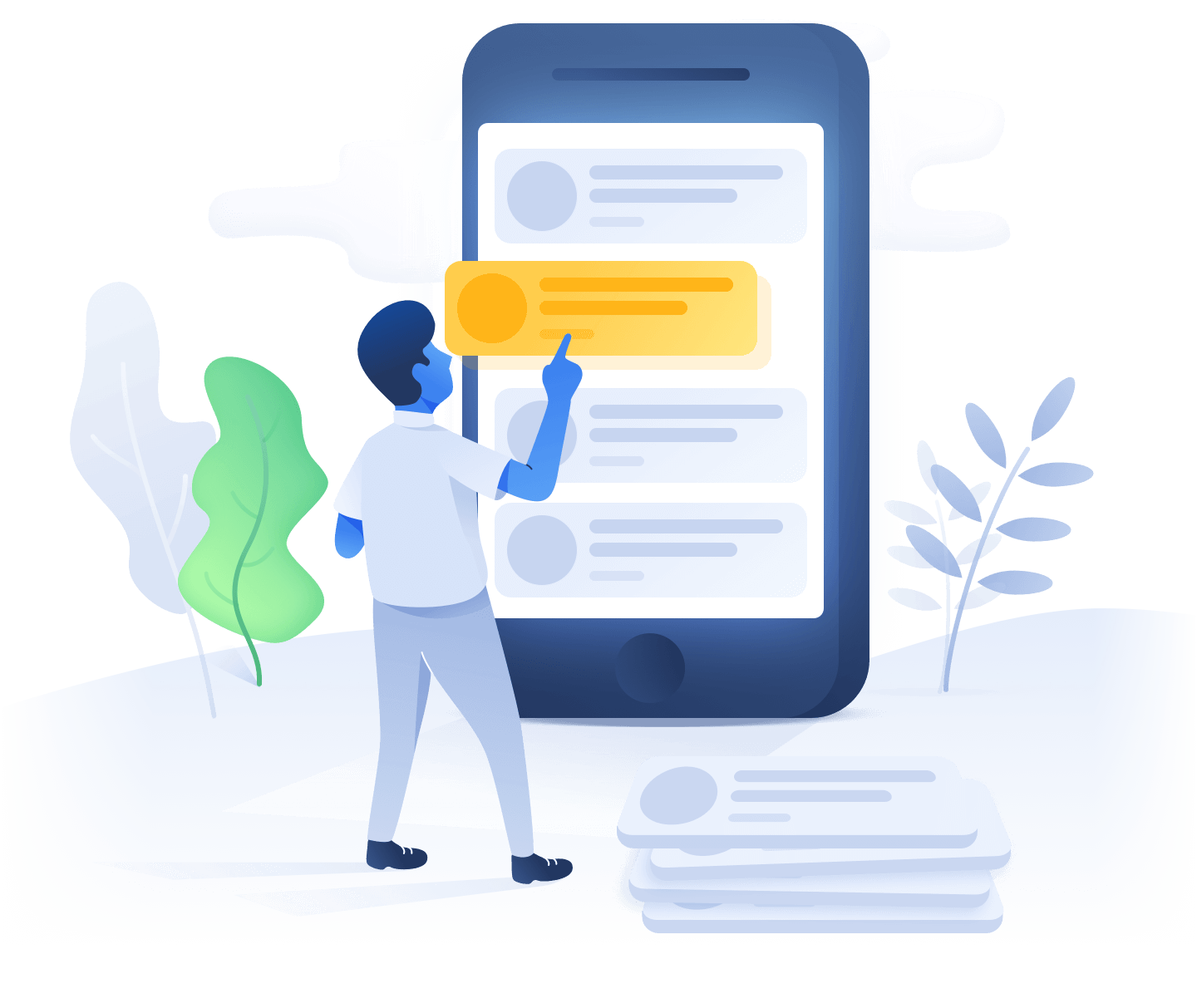A Comprehensive Guide on Setting Up an Experiment on Lioness-lab Experiment Platform

With the rising popularity of online experiments as an efficient channel to support psychological research, platforms like Lioness-lab have emerged as an important tool in the scientific world. They ease the process of designing, creating, and running experiments remotely. However, we understand that setting up your first experiment can be a challenge, given the technical complexities and the broad scope of considerations that surround experimental design. Hence, we present you with this comprehensive guide.
Step By Step Guide to Setup an Experiment
The fundamental advantage of using a digital platform like Lioness-lab is the ease and efficiency offered in conducting behavioral and cognitive experiments. Here's a breakdown of the step-by-step guide to help you set up.
- Planning the experiment: Map out your experiment, defining your cognitive tasks and outlining the objectives. Knowing the end goal is key in creating an experiment.
- Designing the experiment: Use the suite of tools available on Lioness-lab to design your experiment. You will be using the custom JavaScript library, jspsych, to code your experiment. If you're new to jspsych, be sure to check the documentation provided.
- Testing the experiment: Conduct a pilot experiment and note down any glitches or areas that need improvement. Feedback at this stage is critical.
- Running the experiment: Post-testing, run your experiment. Monitor the progress and troubleshoot any issue that crops up.
- Analyzing the data: Once the experiment is complete, collect and analyze the data to draw conclusions. Lioness-lab has inbuilt tools for rudimentary data analysis.
Where to Find Documentation
Finding the right documentation is crucial for understanding and gaining insight into the tool's workings. For Lioness-lab, the documentation is comprehensive and can be found directly on the platform. There's also a wealth of information in the form of tutorials and guides available on www.cognition.run. You can also refer to the Lioness-lab's official support channels for any specific queries.
Next Steps
Now that you are well-equipped with the knowledge to run online experiments on Lioness-lab, it's time for you to take the next steps. This could be improving your research design, executing more complex cognitive tasks or setting up more advanced tools for data analysis.
Being a part of the scientific community that heavily relies on remote studies, you're continuously learning and growing. Embrace the complexities and absorb all the knowledge you can along the way.